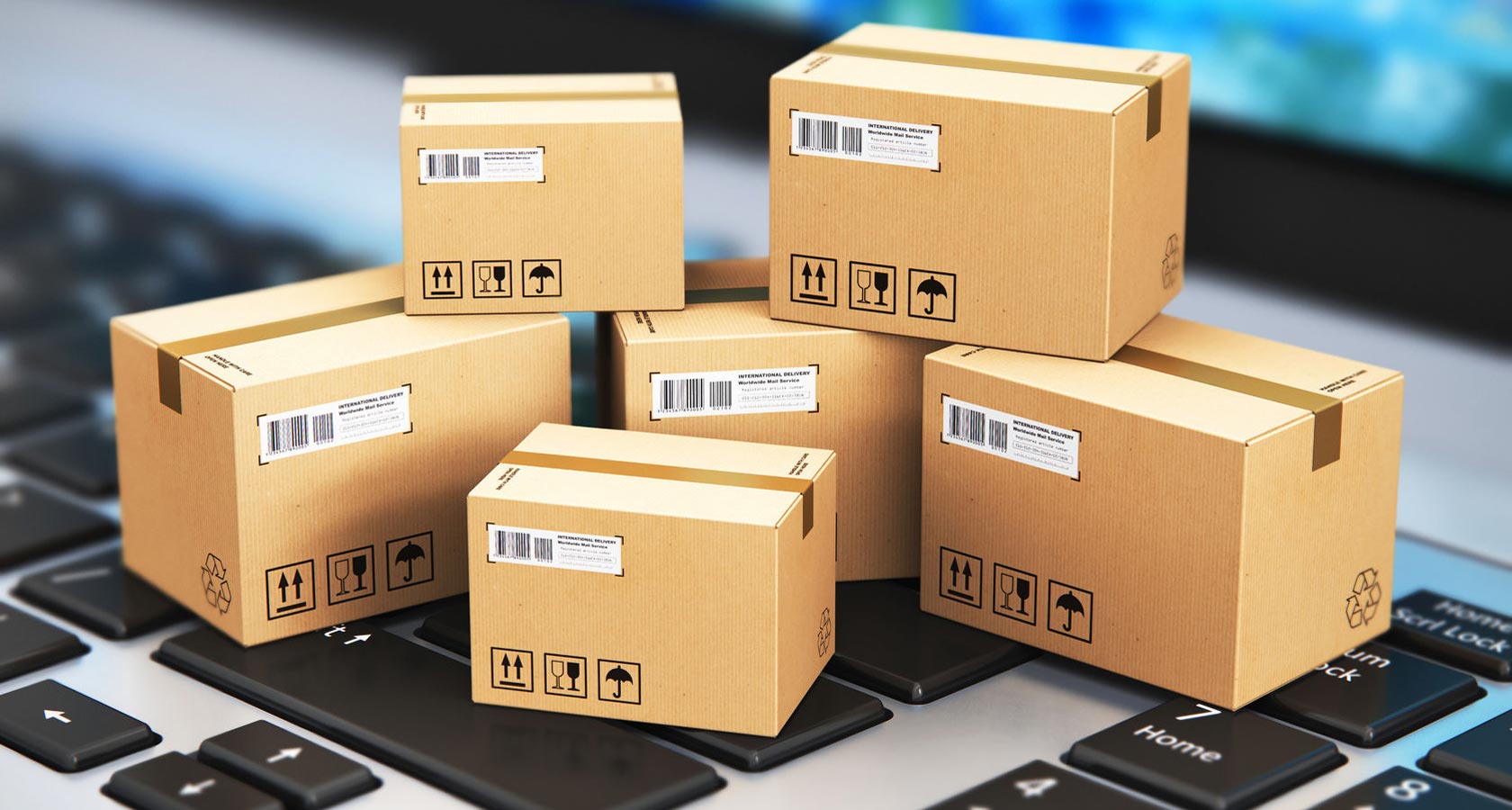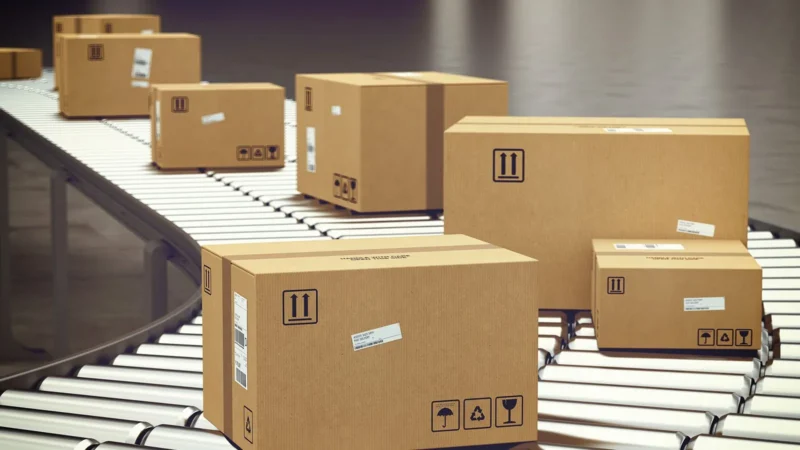In an era where instant gratification is the norm, the importance of timely delivery cannot be overstated. Yet, even the most well-oiled logistics machines can stumble, leading to frustrating shipping delays.
For big companies, the stakes are high; a single late package can ripple through customer relationships, threatening loyalty and trust. So, how do these industry giants navigate the turbulent waters of unforeseen delays? They employ a blend of proactive communication, innovative technology, and strategic problem-solving to keep their customers informed and engaged.
By balancing transparency with effective solutions, they not only mitigate dissatisfaction but, in many cases, strengthen their bond with consumers. As we delve into the strategies and practices that help big companies maintain customer trust amidst shipping challenges, we uncover a blueprint for resilience in the face of adversity.
Understanding the Causes of Shipping Delays

Understanding the causes of shipping delays is essential for both companies and consumers in today’s fast-paced market. A multitude of factors can contribute to these frustrating setbacks, ranging from inclement weather to unforeseen supply chain disruptions.
Take, for instance, a sudden storm that halts transit in key regions, or a logistical hiccup at a major port — both scenarios can lead to cascading delays that ripple through the entire shipping process. Additionally, shortages of materials or labor, as witnessed during global crises, can further complicate timely deliveries.
It’s not just about the physical movement of goods; it’s also about the intricate web of dependencies that businesses must manage. Companies must stay vigilant, adapting their strategies in real time to mitigate these obstacles, while also keeping the lines of communication open with customers who are often left in the dark.
Effective Communication: Keeping Customers Informed

Effective communication is the cornerstone of maintaining customer trust in the face of shipping delays. When a company acknowledges a setback, timely updates become essential.
Customers crave clarity; they want to know not just that there is a delay but why it’s happening and what steps are being taken to resolve the issue. A brief email with an apology may suffice for some, but others may indeed appreciate a comprehensive explanation, perhaps supplemented with a simple infographic or a dedicated FAQ page.
Immediate acknowledgment of the problem, coupled with regular updates, can transform frustration into understanding. Integrating multiple channels—social media, direct emails, or even text alerts—ensures that your message reaches everyone.
Ultimately, it’s about creating a narrative that makes customers feel valued, not just informed. When transparency reigns, even the toughest shipping challenges can be navigated with grace.
Proactive Solutions: Anticipating and Addressing Delays

Proactive solutions are vital for big companies navigating the tumultuous waters of shipping delays. By anticipating potential disruptions—whether due to natural disasters, labor strikes, or logistical bottlenecks—companies can devise compelling contingency plans well before crises emerge.
This forward-thinking approach often includes diversifying shipping routes and establishing partnerships with multiple carriers to keep goods flowing, even when the unexpected strikes. Moreover, implementing advanced tracking systems can offer real-time updates, empowering both the company and its customers with timely information about their orders.
It’s not just about mitigating delays; it’s about fostering a relationship built on transparency and reliability. In a world where patience is at a premium, companies that actively engage with consumers, reassuring them that their needs are met despite hiccups in the process, are the ones that ultimately retain trust.
Conclusion
In conclusion, effectively managing shipping delays is crucial for big companies striving to maintain customer trust in an increasingly competitive market. By implementing transparent communication strategies, providing timely updates, and utilizing tools such as shipment tracking, businesses can keep their customers informed and engaged throughout the process. Furthermore, emphasizing reliability and establishing contingency plans can significantly mitigate the risks associated with delays.
By prioritizing customer satisfaction and maintaining a proactive approach to issue resolution, companies can not only navigate the challenges of logistics but also strengthen their relationships with consumers, ultimately fostering loyalty and long-term success.


